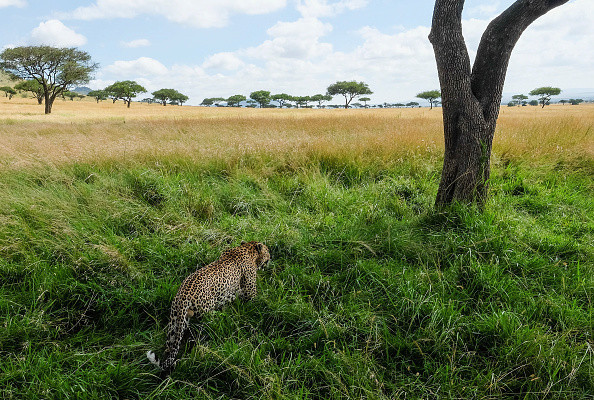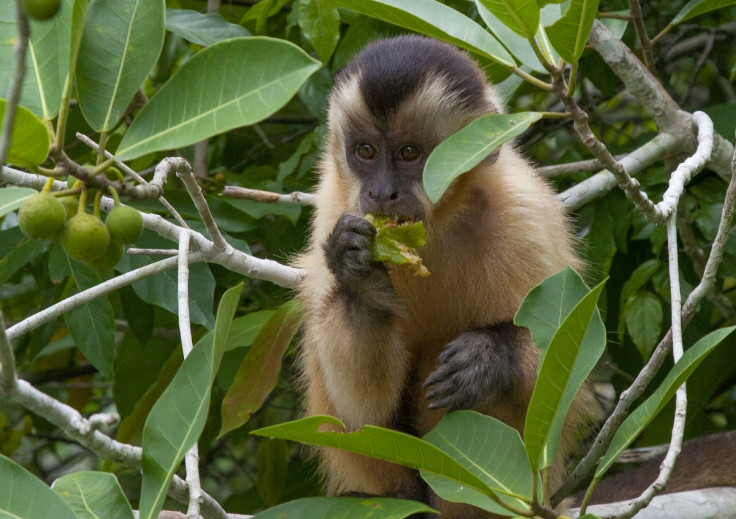Protected areas found to promote species diversity and wildlife conservation
More mammals, birds and plants were found in protected areas than outside.

Establishing protected areas can benefit a wide range of species, scientists have discovered. Mammals, plants and birds all thrive in these zones, free of human influence.
While animal welfare and environmental protection charities have campaigned for years to have as many of these globally protected areas set up around the world, few studies analysed the effects it really would have on endangered species.
Those that have done so have pointed out a range of benefits, but have also indicated that some protected areas and wildlife reserves encounter a number of challenges - which means they do not protect the species effectively.
Limitations include the fact that these areas are often very small and isolated from each other. They also have a difficult time preventing the many factors affecting biodiversity such as climate change, invasive species or pollution. They are often costly and in conflict with human economic interests.
The new research, published in Nature Communications, is the largest so far to assess the impact of natural protected zones on fauna and flora conservation - showing that despite these obstacles, protected areas are a crucial tool for nature conservation.
More individual animals and more species
According to the International Union for Conservation of Nature (IUCN), a protected area is 'a clearly defined geographical space, recognised, dedicated and managed, through legal or other effective means, to achieve the long-term conservation of nature with associated ecosystem services and cultural values'.

The scientists from Sussex University identified 1,939 sites inside and 4,592 sites outside 359 protected areas, in a total of 48 countries which they decided to focus on.
Using data from the World Database on Protected Areas – a platform managed by the United Nations Environment Programme and the IUCN – they analysed biodiversity samples from these different zones.
The researchers discovered that the 'protected area' samples contained 11% more species and 15% more individual animals and plants than the samples outside protected areas. Outside protected areas, they found out that protection strategies were least effective where humans use land for crops and pasture.

Overall, the findings of this study suggest protected areas still do a better job at promoting species diversity than non-protected areas. A better management of these existing areas - addressing their different limitations - could more than double their effectiveness.
"Protected areas are widely considered essential for biodiversity conservation, but our results show for the first time that they do actually benefit a wide range of species," says co-lead author Dr Jörn Scharlemann.
"Protected areas do not currently benefit all species — but what we have shown in our study is they have the potential to help us conserve some of the most biodiverse areas on Earth — which is why they vitally need increased global support."
© Copyright IBTimes 2025. All rights reserved.






















